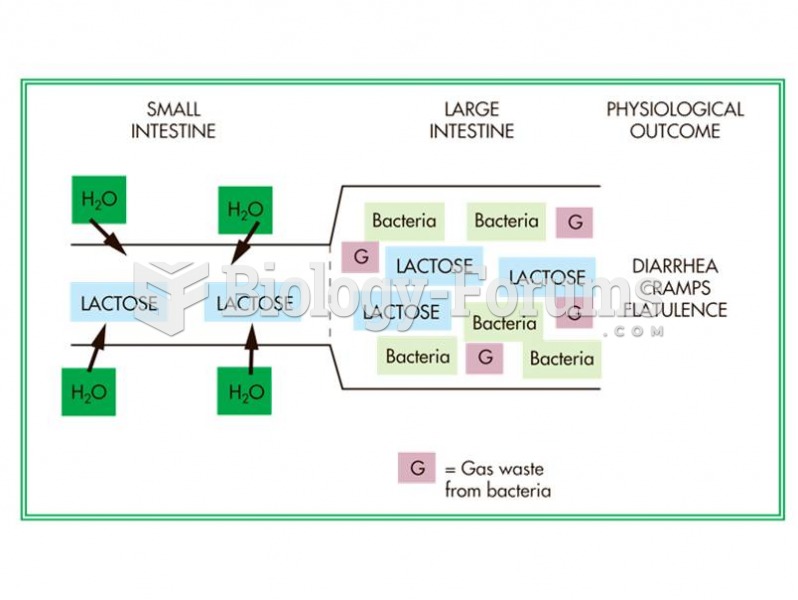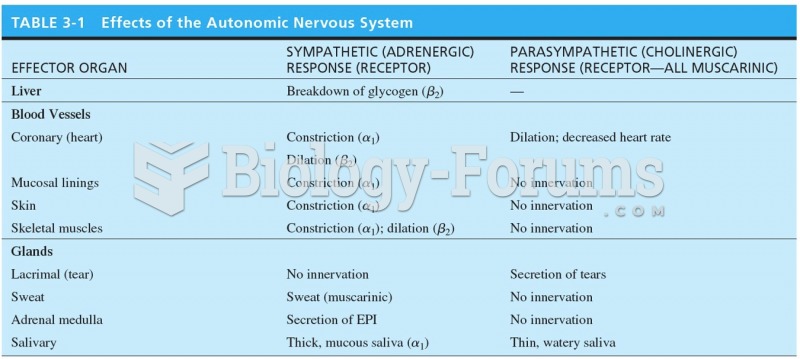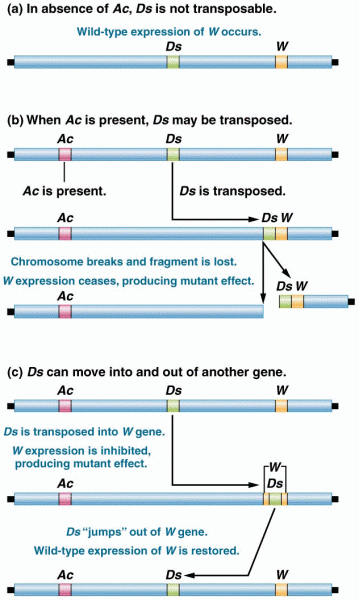Answer to Question 1
EMOTIONAL DISTRESS
Angertoward self, the abuser, or some other party who should have stopped the abuse but did not.
Poor self-esteemdue to the feeling that something must be wrong or bad in their character to have allowed the abuse to occur and to continue.
Self-blamebecause the abuser was a beloved family member who could do no wrong, and to blame the perpetrator would destroy the victim's ideal image of the abuser.
Shamestemming from self-blame.
Guiltover engaging in forbidden, immoral, sinful acts, the failure to tell anyone, or the perception of causing the abuse.
Isolation and lonelinessstemming from the belief that the victim is unworthy of love, closeness, and intimacy with another person.
PSYCHOLOGICAL DISORDERS
Self-destructive behaviorsuch as dangerous risk taking, self-mutilation (cutting, burning, etc.), unsafe promiscuous sexual behavior, eating disorders, or reckless or intoxicated driving.
Abuse of alcohol and other drugsoften as an attempt at self-medication to deaden depression, pain, or unpleasant emotional reactions.
Anxiety, panic, and phobic disordersstemming from the abuse itself, from the fear that others may discover the past abuse that the victim feels compelled to keep hidden, from the fear and mistrust felt in all current relationships, or from the loneliness and isolation from which victims often suffer.
Denialpretending, distorting reality, glossing over the truth, or refusal to accept or acknowledge having experienced CSA.
Dissociationusing various psychological escape mechanisms that alter or block out awareness and memory; symptoms may include out of body experiences; fantasies or daydreams that seem real; loss of awareness of blocks of time, from minutes to days; or in some cases of especially violent and sadistic abuse, the development of multiple personalities.
Posttraumatic stress disordera syndrome characterized by reliving the abuse (flashbacks); avoiding situations, thoughts, and feelings related to the abuse; emotional numbing; sleep disturbances; heightened startle response; hypervigilance; and difficulty concentrating.
Learning disabilitiesthese are more common among CSA survivors than among the general population.
Suicidal behaviorincluding thinking about or planning suicide, attempting suicide, and succeeding at suicide, is all more common among CSA survivors than among the population in general.
ADULT INTIMATE RELATIONSHIP PROBLEMS
Revictimizationa significantly greater chance of becoming a victim of sexual violence such as rape and partner abuse as adults.
Emotional distancefrom intimate partners and often friends and family.
Less trustin others in general and in intimate partners in particular.
Feelings of danger in intimate relationshipsan inability to feel safe and secure in an intimate relationship for fear of betrayal or harm.
Lack of enjoyment in sexwhich, for many survivors, reactivates the emotional trauma of the abuse, resulting in low or absent sexual desire. Moreover, the body may react in ways that inhibit sexual responding altogether.
Anxiety over sexual performancedue to memories of abuse.
Specific sexual problemssuch as those discussed in Chapter 7, Sexual Problems and Solutions, including erectile disorder, inability to achieve orgasm, inhibited sexual arousal, vaginismus, and dyspareunia.
Forcing sex on a partneras do perpetrators of sexual assaults, rapes, and child sexual abuse.
Increased promiscuitydue at least in part to such factors as low self-esteem, lack of trust in intimate relationships, emotional distance, and lack of feelings of a secure attachment.
MEDICAL CONSEQUENCES
Alcoholismpossibly stemming from depression, anxiety, or low self-esteem.
Obesityperhaps secondary to low self-worth, self-blame, avoidance of romantic or sexual entanglements, or self-destructive behavior.
Tobacco uselikely due to such issues as low self-worth, self-blame, avoidance of romantic or sexual entanglements, stress, or self-destructive behavior.
STIsprobably related to the combination of the greater number of sexual partners and the self-destructive practice of unsafe sexual behaviors.
Gastrointestinal problemssuch as irritable bowel syndrome and others commonly precipitated by chronic anxiety.
Gynecological disorderspossibly related to the combination of a greater number of sexual partners and the avoidance of gynecological exams due to reactivation of past sexual abuse experiences.
Chronic painsuch as headache, stomach pain, and pelvic pain, for which CSA survivors are treated by physicians and hospitalized in exceptionally high numbers.
Insomniaoften linked to stress, anxiety, and depression.
Eating disordersperhaps arising from issues of powerlessness and lack of control, poor self-esteem and body image, self-destructive behavior, or depression.
Asthmawhich may be triggered by psychological factors.
Answer to Question 2
- Roofies. Rohypnol pills, commonly known as roofies, contain the tranquilizer flunitrazepam, which suppresses the wakefulness and pain receptors in the brain. In Europe, Rohypnol is prescribed as a sleeping pill or surgical pre-anesthetic; in the United States, it is illegal but is the most common date rape drug in current use. In pill form, Rohypnol is white or off-white; when dissolved in liquid, it is impossible to detect by odor, taste, or color. It may also be obtained in a clear liquid form. In an effort to make the use of these drugs more discernible, the manufacturer now makes Rohypnol tablets that contain a blue dye and dissolve more slowly.
- GHB. Gamma hydroxybutyrate (GHB), sometimes called liquid ecstasy, is another drug that can be used to incapacitate a potential rape victim. This drug was legal in the United States, primarily as a bodybuilding food supplement, until the early 1990s, when the FDA banned its sale after studies revealed that it could be deadly. GHB comes in the form of an odorless, colorless liquid that tastes salty or a white powder or capsule. The strength of the drug varies according to who is manufacturing it and how it is formulated, but overall, the effects of GHB begin within ten minutes to one hour after ingestion. Low doses may have various effects, including sleepiness, increased sex drive, memory loss, hallucinations, headache, and loss of muscle reflexes. Larger amounts may lead to nausea, vomiting, difficulty breathing, seizures, unconsciousness, coma, and even death (especially when combined with alcohol).
- Special K. Ketamine, or ketamine hydrochloride, sometimes called on the streets, is yet another drug used for rape. It was developed in the 1970s as a surgical anesthetic for humans and animals: it is now illegal to use in the United States except under a doctor's supervision. Taken orally, ketamine begins working in 10 to 20 minutes and can last up to 48 hours. Ketamine causes increases in heart rate, blood pressure, and oxygen consumption. It has increased in popularity as a club drug because it may also cause hallucinations, memory loss, dreaminess, numbness, paralysis, and out-of body experiences. Recreational users of the drug call these out-of-body feelings entering a K-hole.







